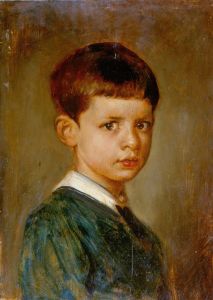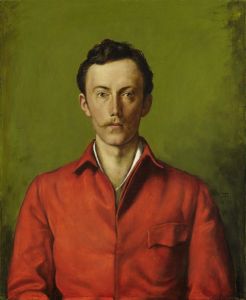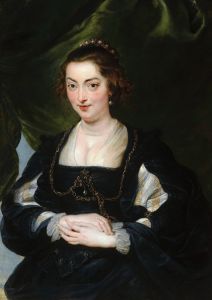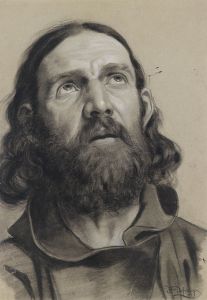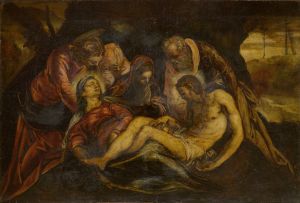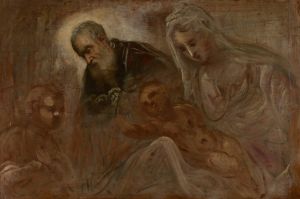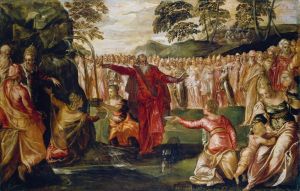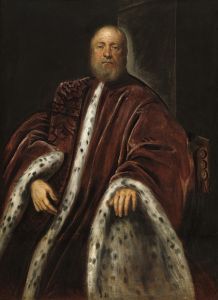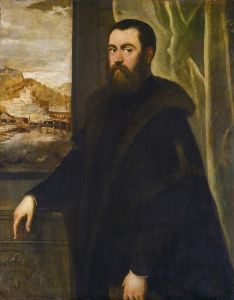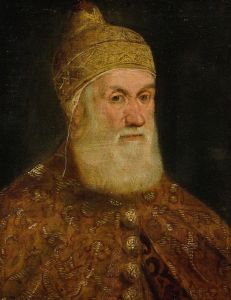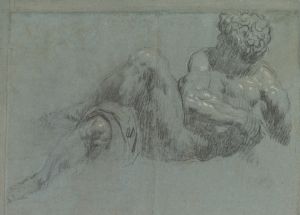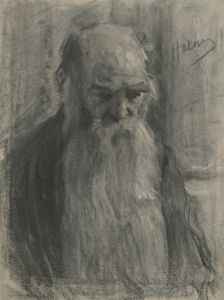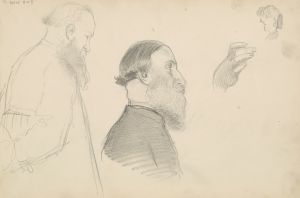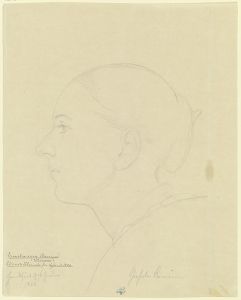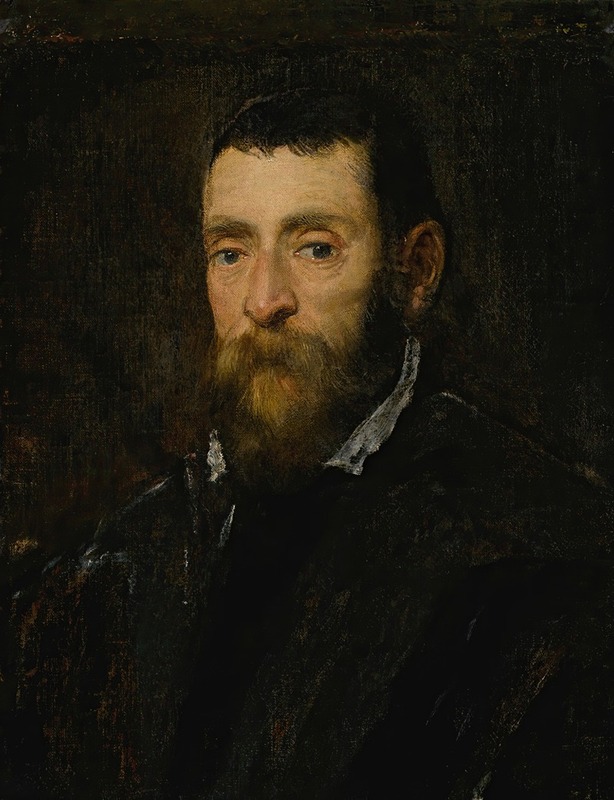
Portrait of a bearded man, possibly Prince Antonio di Santacroce of Rome
A hand-painted replica of Jacopo Tintoretto’s masterpiece Portrait of a bearded man, possibly Prince Antonio di Santacroce of Rome, meticulously crafted by professional artists to capture the true essence of the original. Each piece is created with museum-quality canvas and rare mineral pigments, carefully painted by experienced artists with delicate brushstrokes and rich, layered colors to perfectly recreate the texture of the original artwork. Unlike machine-printed reproductions, this hand-painted version brings the painting to life, infused with the artist’s emotions and skill in every stroke. Whether for personal collection or home decoration, it instantly elevates the artistic atmosphere of any space.
Jacopo Tintoretto, an eminent Italian painter of the Renaissance, is renowned for his dynamic compositions and vigorous brushwork. One of his works, "Portrait of a Bearded Man, Possibly Prince Antonio di Santacroce of Rome," exemplifies his skill in portraiture, although specific details about this painting are scarce.
Tintoretto, born Jacopo Comin in 1518 in Venice, was a prominent figure in the Venetian school of painting. His nickname, "Il Furioso," reflects his energetic style and the speed with which he completed his works. Tintoretto's oeuvre includes religious, mythological, and portrait paintings, characterized by dramatic lighting and bold use of perspective.
The "Portrait of a Bearded Man" is believed to have been painted in the latter half of the 16th century, during a period when Tintoretto was at the height of his career. This era was marked by his involvement in significant projects, such as the decoration of the Scuola Grande di San Rocco in Venice. Tintoretto's portraits are noted for their psychological depth and ability to capture the essence of the sitter, often set against dark, subdued backgrounds that highlight the subject's features.
In this particular portrait, the identity of the sitter is uncertain, though it is speculated to be Prince Antonio di Santacroce of Rome. However, due to the lack of definitive historical records or inscriptions on the painting, this identification remains conjectural. The portrait depicts a man with a distinguished beard, a common feature in male portraits of the Renaissance, symbolizing wisdom and status. The subject's attire and demeanor suggest a person of significance, aligning with the hypothesis that he could be a member of the nobility.
Tintoretto's technique in this portrait, as in many of his works, likely involved the use of rapid, expressive brushstrokes, contributing to the liveliness and immediacy of the image. His ability to convey texture and depth through his handling of paint is evident, even in the limited information available about this specific work.
The painting's current location and provenance are not well-documented, which is not uncommon for works from this period, as many have changed hands multiple times over the centuries. Tintoretto's portraits, while not as numerous as his religious compositions, are highly valued for their artistic merit and insight into the personalities of the Renaissance era.
In summary, while specific details about "Portrait of a Bearded Man, Possibly Prince Antonio di Santacroce of Rome" are limited, the work remains an example of Tintoretto's mastery in portraiture. His ability to capture the human spirit and his innovative approach to painting continue to be celebrated, securing his legacy as one of the great masters of the Renaissance.





